The Ferocious Five
Kenya is renowned for its dangerous animals – but do you know which are gentle giants, and which you should give a wide berth?
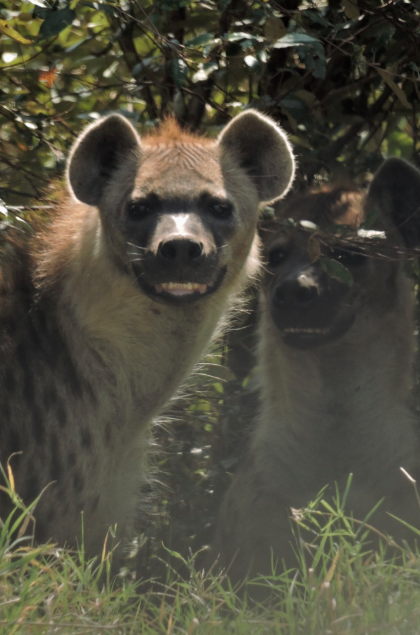
Hippopotamus
It might come as a surprise to know that hippos kill more people than any other animal in Africa. That they are vegetarian, have plump bodies and short legs might mislead you, but don’t be mistaken: these animals are extremely aggressive. Get between them and the water and you might see the wrong side of their razor-sharp, tusk-like teeth.
Weighing up to 3,600kg, and measuring about 4 meters long, hippos are the third largest land mammals after elephants and white rhinos. They live in groups of around 15 animals, and spend most of their days wallowing in rivers and pools of water. However, at night they clamber up steep banks and wander for several miles while grazing. They live to an age of around 50.
Fun facts:
· the name hippopotamus comes from the Greek for ‘river horse’
· hippos can hold their breath under water for up to five minutes
· hippos eat about 35kg of grass per night
· hippo calves weigh about 45kg at birth
Hyena
Although hyenas have a reputation for being scavengers, they are in fact skilled hunters that attack both humans and animals. Hyenas have exceptionally powerful jaws and robust digestive tracts, and can crunch through bones with little effort, making their dung a distinctive white colour. Unlike other predators, they also consume horns, hoofs and hair, although they later regurgitate these.
Africa’s most common large carnivore, hyenas live in clans of up to 80. They are matrilineal and their clans are led by females. They work as a pack and hunt together, but often squabble over the kill afterwards. Hyenas are born in litters of between two and four, and suckle for over a year during which they remain in the den. They live to an age of around 25.
Fun facts:
· It used to be believed that hyenas could change their sex at will
· Hyenas make several sounds, including the ‘laughter’ for which they’re known
· Traditionally, the people of Kenya and Tanzania left their dead out to be consumed by hyenas
African Wild Dog
Although these animals look similar to the cuddly pooches you might have at home, they are anything but. Also known as the hunting dog, the wild dog is an expert killer. These animals have large, strong jaws and, unlike other dogs, have four rather than five toes on each foot.
They live in packs of up to 20, and have a strong social hierarchy. They have complicated greeting rituals, and before each hunt they enact a kind of ceremony that involves moving in circles around each other, bonding them together for the hunt. Pups are born in litters of around 10 and, unlike other species, it’s the females who leave the pack at maturity, rather than the males. Due to their unpopularity with local communities and farmers, they have been poisoned extensively and in some areas are nearly extinct.
Fun facts:
· The Latin name for wild dogs means ‘painted wolf’, which aptly describes their patchy brown and black fur
· No two wild dogs have the same markings
· Wild dogs cover distances of up to 2,300km2
Leopard
These stunning cats might beguile you with their beauty, but leopards are the only large cats capable of killing prey larger than themselves. They are also the strongest climber and can haul themselves up trees carrying their prey. Leopards are nocturnal and often spend their days concealed high in trees or thick bush, giving them the moniker ‘the elusive leopard’.
Leopards are predominantly solitary, and live and hunt alone. They let other leopards know of their presence by marking territory with urine and calling, and in this way avoid each other; when they run into each other unexpectedly, they can fight viciously. They are born in litters of two or three, and start eating meat at the age of seven weeks. They live to an age of around 20.
Fun facts:
· Leopards’ patterns, known as rosettes, are round in East Africa but square in southern Africa
· The leopard’s call is a rasping sound that has been likened to a saw
· Leopards are good swimmers and sometimes hunt in water
Crocodile
These easily camouflaged reptiles can look just like a log as they drift down a river or lie on its banks so it should come as no surprise that they have killed a large number of people who got too close to the water. Reaching a length of six meters and weighing up to 730kg, these enormous beasts can eat half their body weight in one meal.
Unexpectedly, crocodiles are caring parents: unlike other reptiles who lay their eggs and leave them, crocodiles guard their nests until the eggs hatch. They were hunted extensively in the 1950s and ’60s and nearly became extinct; however, conservationists have helped them regain their numbers. Crocodiles live to an age of around 40.
Fun facts:
· Mummified crocodiles and crocodile eggs have been found in tombs in Egypt
· Ancient Egyptians attempted to tame crocodiles and wanted to keep them as pets
· The group name of crocodiles is ‘bask’ on land, or ‘float’ in water
Tamara Britten, 09 September 2020
Published also in: The Link: Safarilink's inflight magazine
About the region
Amboseli
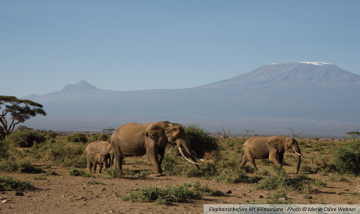
The huge herds of elephant that roam through Amboseli National Park have made it a centre for elephant research. The park also hosts a wide variety of other wildlife and over 600 species of birds. Highlights of Amboseli include Observation Hill and spectacular views of Mt Kilimanjaro.
Read more about AmboseliMaasai Mara
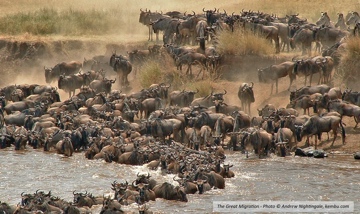
Famous around the world for its exceptional, abundant wildlife, the Maasai Mara National Reserve has become known as the Seventh Wonder of the World. Not only are all the members of safari’s Big Five found here, but over 100 other mammal species and over 450 bird species live within the reserve.
Read more about Maasai MaraLaikipia
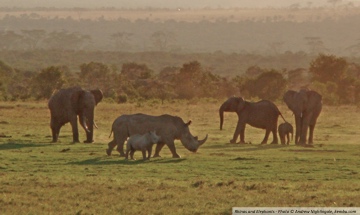
The Laikipia plateau’s magnificent escarpments, striking plains, isolated hills and cedar forests are home to ethnically diverse communities. Laikipia’s conservancies combine cattle ranching, wildlife conservation and community development, and offer a plethora of activities such as camel riding, marathon running, mountain biking, trekking and fishing.
Read more about LaikipiaSamburu, Buffalo Springs, and Shaba National Reserves
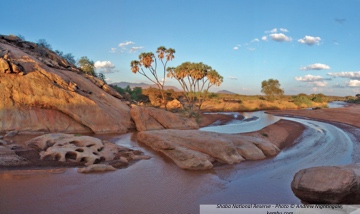
This trio of national reserves lies between the lush highlands of southern Kenya and the arid deserts in the north. It is a region of dramatic contrasts in which rare wildlife and diverse birdlife reside. The Ewaso Ngiro River, fringed with giant acacias, figs and doum palms, slices across the scorched land.
Read more about Samburu, Buffalo Springs, and Shaba National ReservesTsavo East
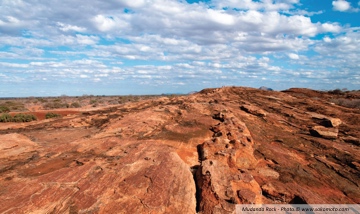
Tsavo East National Park is a vast area of arid bush through which the emerald Galana River meanders. Attractions include dust-red elephants, Aruba Dam, Mudanda Rock, Yatta Plateau and Lugard Falls. The park became known as the site where the infamous Man Eaters of Tsavo presided over their reign of terror.
Read more about Tsavo EastTsavo West
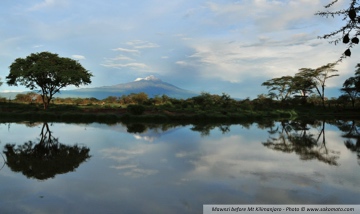
Tsavo West National Park has a diverse array of habitats, including open grasslands, rocky outcrops, isolated hills, riverine vegetation, palm thickets and mountain forests. Highlights include Mzima Springs, Ngulia Rhino Sanctuary, Lake Jipe, Shetani Caves and spectacular views of Mt Kilimanjaro. Over 600 species of birds have been recorded here.
Read more about Tsavo West